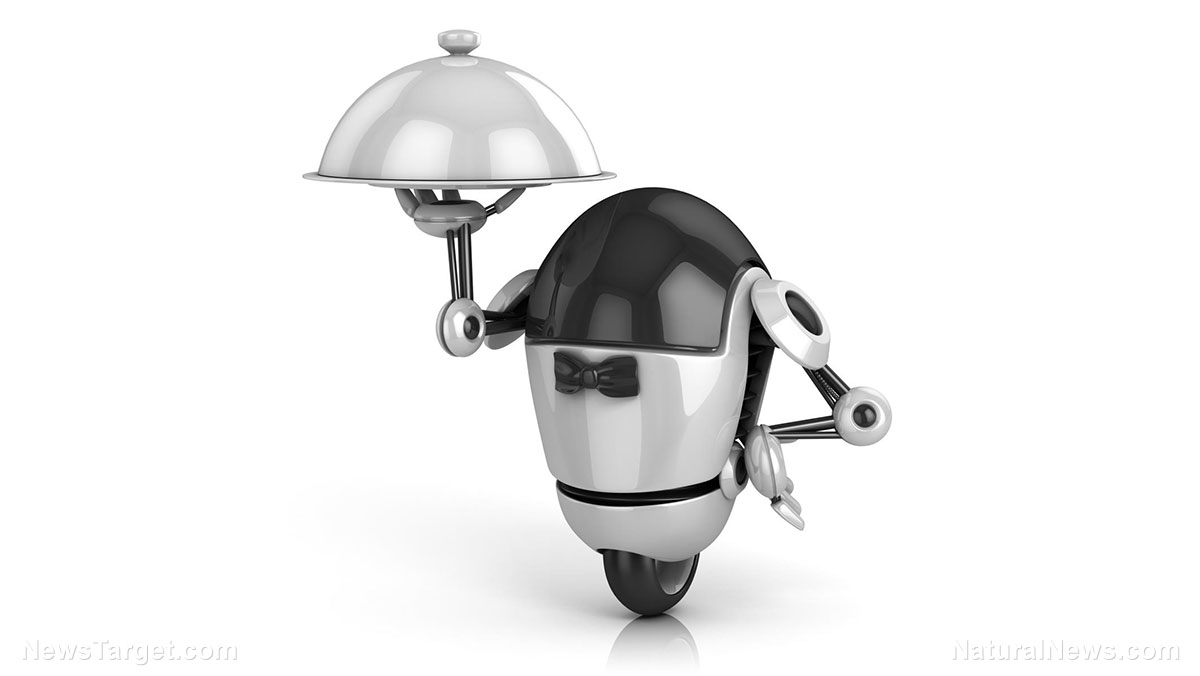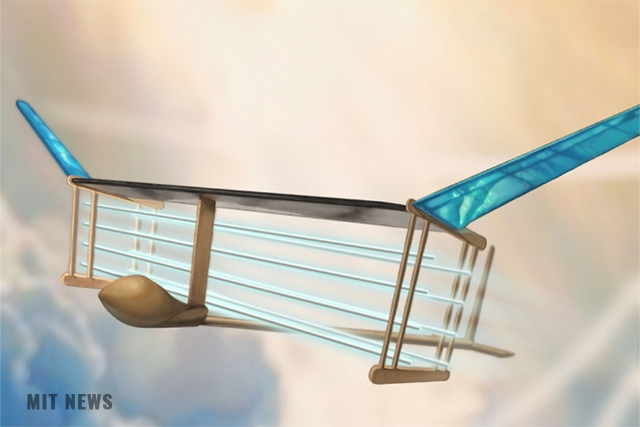RoboWaiter will replace human waiters with automation… and it doesn’t complain about wages or work conditions
03/13/2019 / By Frances Bloomfield

“Imagine a world where you walk into a restaurant and you never have to pay tip again,” began Sharon Gai, a designer at the Disrupt NYC Hackathon — an event where developers and engineers had 24 hours to build a new product. Flanked by her teammates, Nina Yang and Irvin Cardenas, Yang continued: “Well if your waiter is a robot, you don’t have to.”
Inspired by a waiter who took too long to take her order, Yang, Gai, and Cardenas came up with an unorthodox solution to this problem: RoboWaiter. The automated server worked via an app powered by IBM’s Watson, a question-answering computer system composed of artificial intelligence (AI) analytical software. The app was then connected to a “backend ordering platform” that could also control the RoboWaiter to deliver food.
The process of utilizing RoboWaiter would be simple. According to the group, a customer would download the app, select their seat in the restaurant, then voice their order from the menu. The system would send the order to the kitchen so that the chef could prepare it. Finally, the chef would place the order onto the robot, and the robot in turn would bring the customer’s order to their table. Gai said that the experience with RoboWaiter would be as though each customer had their own personal waiter, since all a customer would have to do is place their phone near their mouth and state their order.
Gai asserted that restaurants would be able to cut down on their operating costs by 30 percent this way, since they could reduce the number of waiters taking orders and manning tables. Barring any glitches, RoboWaiter would be a far more efficient food server than a human waiter. She then added: “These robot waiters will never annoy you for tip, never display bad customer service, and they will never make you wait to get their attention.”
Gai concluded her team’s presentation with the words: “Let’s make America great again by bringing back jobs to robot waiters.”
An ambitious project it may be, yet Gai and her team aren’t the first people to combine food service with automation. Eatsa, a fast food chain startup based in the San Francisco area, debuted its first restaurant in 2015 and boasted an almost-human-free, automated dining experience. There are no cashiers or servers across the seven locations, only robotic cubbies that spit out food, not unlike vending machines. Like RoboWaiter, however, all customers would have to do is place their orders through the store’s app and then pick them up from personalized cubbies. Their menu may be limited to foods served in bowls, but Eatsa, alongside RoboWaiter, may spell out difficult times ahead for human employees in the food industry.
U.K.-based consultancy firm PWC released a report in the latter part of March 2017. They predicted that up to 38 percent of existing jobs in the United States would be overtaken by robots and AI. Countries like the U.K., Germany, and Japan would suffer a similar fate, with 30 percent of U.K. jobs, 35 percent of German ones, and 21 percent of Japanese ones going to automation. The sectors that would be most affected by this change are transportation, storage, manufacturing, wholesale, and retail. The firm believes that all these changes may happen once we enter the 2030s. (Related: Robot fruit pickers to put migrant agricultural laborers out of work.)
Though with RoboWaiter and Eatsa, that time may be coming sooner than we think.
Go to Robotics.news to maintain a watchful eye on the world of AI and robotics.
Sources include:
Tagged Under: artificial intelligence, future tech, restaurants, robot economy, robot jobs, robot takeover, robotics, robots, RoboWaiter, technology



















